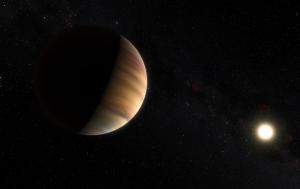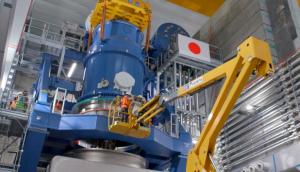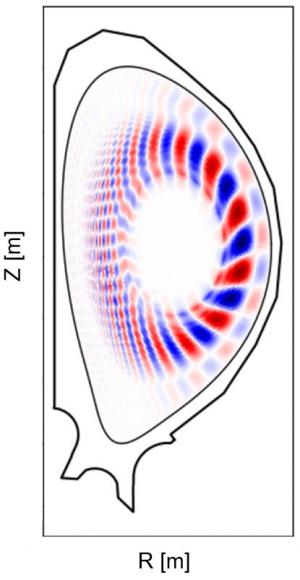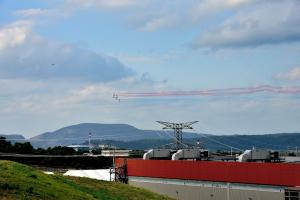What’s New
14 October 2019
ITER news digest for the period of 7 October 2019 to 14 October 2019.

In a small corner of Haute-Provence
Neutral Beam Facility: HV transmission line installed







